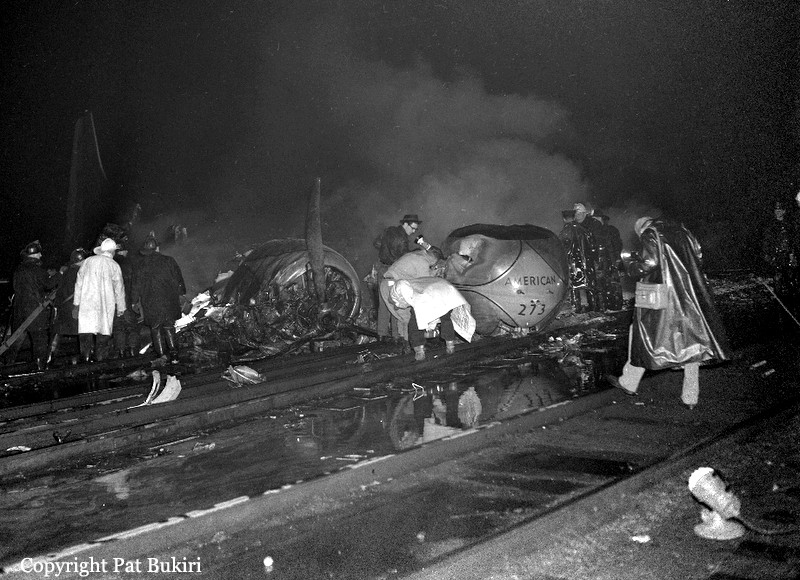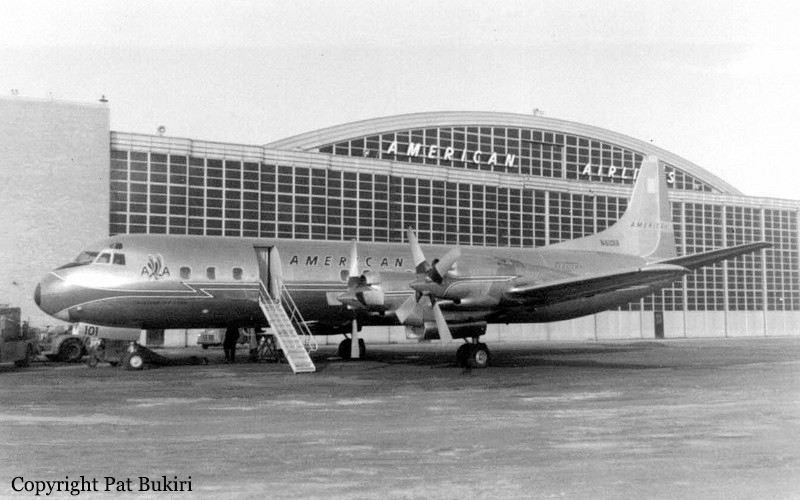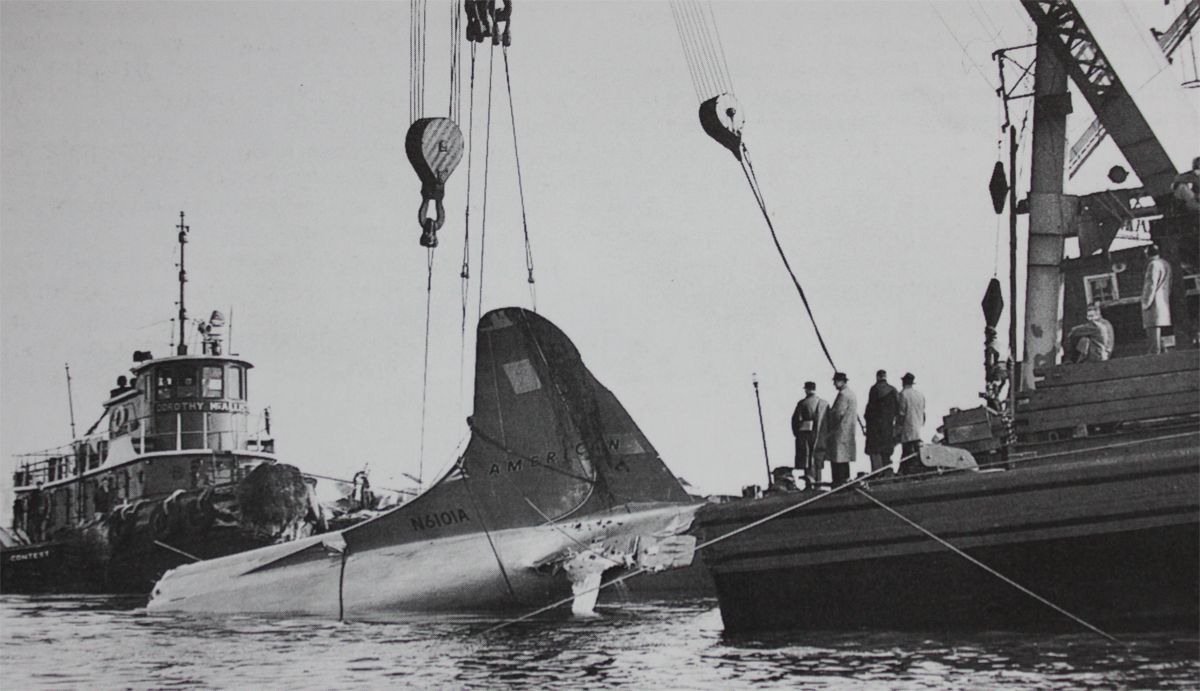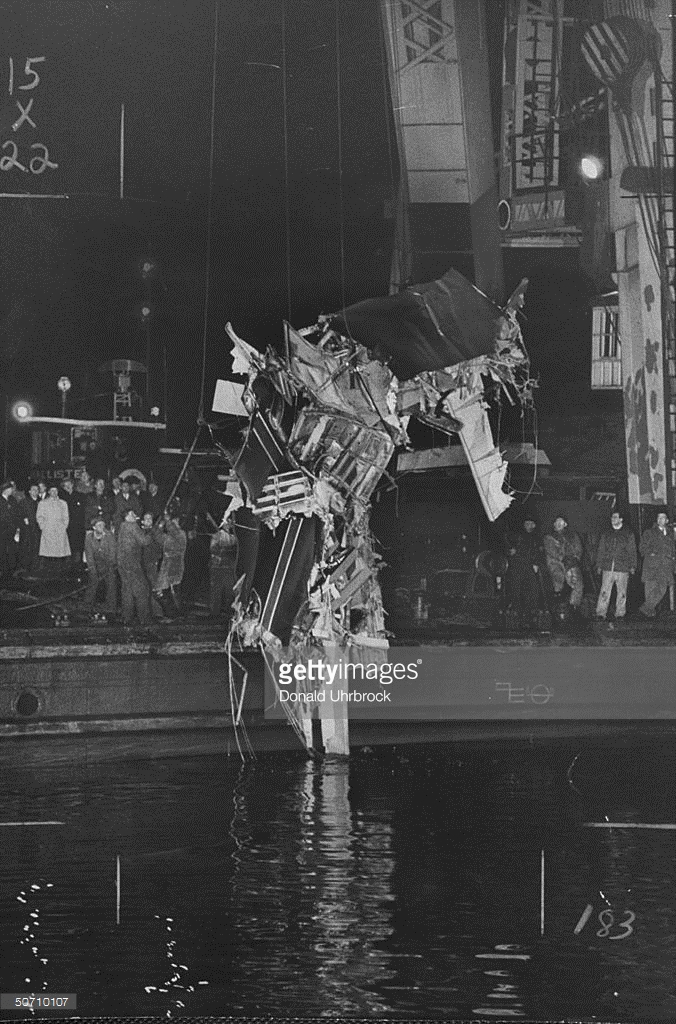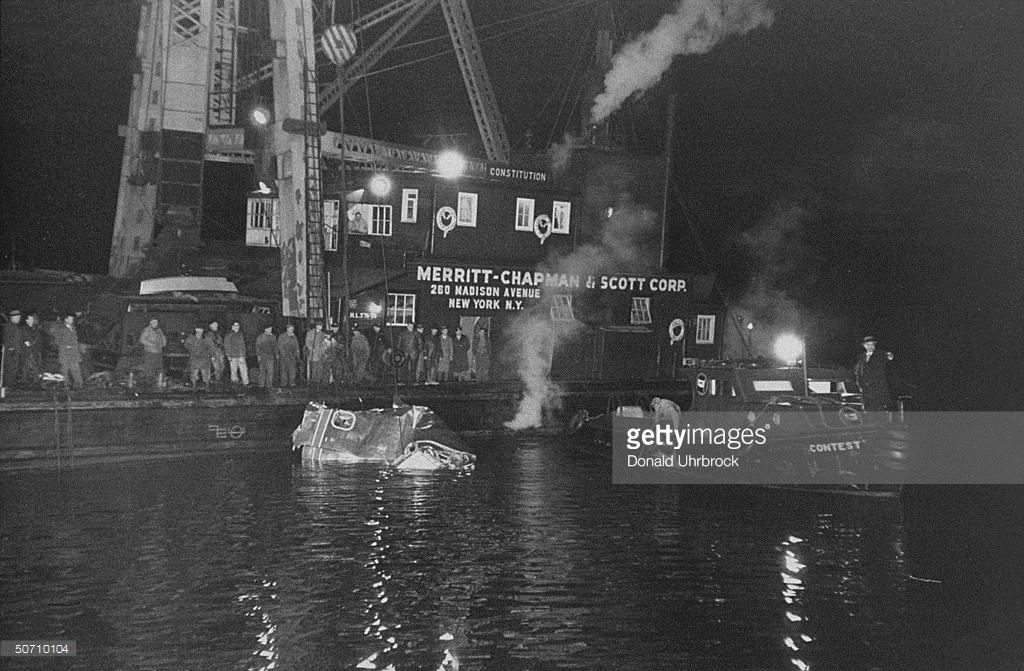Crash of a Boeing KC-135A-BN Stratotanker near Killeen: 4 killed
Date & Time:
Mar 31, 1959 at 1145 LT
Registration:
58-0002
Survivors:
No
Schedule:
Bergstrom - Bergstrom
MSN:
17747
YOM:
1959
Crew on board:
4
Crew fatalities:
Pax on board:
0
Pax fatalities:
Other fatalities:
Total fatalities:
4
Circumstances:
The crew departed Bergstrom AFB (Austin) on a B-52 refuelling mission. En route, while cruising in a low pressure area with turbulences, the airplane went out of control, dove into the ground and crashed in a huge explosion. All four crew members were killed. Brand new, the airplane has been delivered six weeks prior to the accident.
Crew:
Lt Rodney Anderlitch,
Maj Jesse Lee Myrick,
Lt Philip Camillo de Bonis,
Sgt Herman Allison Clark.
Crew:
Lt Rodney Anderlitch,
Maj Jesse Lee Myrick,
Lt Philip Camillo de Bonis,
Sgt Herman Allison Clark.
Probable cause:
Following severe turbulences in-flight, the pylon of two engines failed, causing the engine to detach. One of them struck the empennage that was partially sheared off. The aircraft went out of control and crashed.





